

This week: Relearn Joy.
It’s summer, but the headlines aren’t sunny. AI is taking jobs, Gen Z can’t find work, and burnout is everywhere. Amid the noise, Harvard Business Review reminds us: most people only feel one joyful hour a day. That’s not enough. This week, pause the panic. Make space for joy, for yourself and your team.
We also dive into:
- Cool Fish Don’t Like Boring Tanks: Phil Kirschner says top talent want purpose and autonomy, not mandates. Design spaces people choose to swim in.
- Distributed Done Right: Sophie Wade shows that hybrid success depends on trained managers, yet only 26% are rated effective.
- AI Needs System Change: Antony Slumbers warns that 78% of companies use gen AI, but most see no ROI. Stop bolting AI onto the past. Redesign the system.
- Work Hard ≠ Burnout: Brian Elliott finds that 61% of leaders stay stuck in perform mode. Recovery takes more than rest; it takes smart reinvention.
- Joe Biden Tells HR: You Matter: The Former President calls HR the heart of every workplace. Empathy, not policy, builds strong companies and a stronger nation.
Let’s get into it 👇
Burnout does not always come with alarms. Sometimes it shows in rushed mornings, short patience, or that feeling of moving fast but going nowhere. For many leaders, life is full of achievement and meaningful work. Yet one essential ingredient often slips away—joy.
In a study of over 2,000 professionals balancing full-time careers and families, researchers found that people spend about 50 hours a week on work and 12 more on home responsibilities. After sleep, food, and commuting, that leaves just 26 discretionary hours a week. Out of those, only one hour each day, on average, feels truly joyful.
This matters. Joy is not a distraction. It is a core pillar of a satisfying life, right alongside meaning and achievement. And when leaders lose touch with joy, their teams feel it too. Stress at the top often spreads downward. But there is another way.
This summer, take the opportunity to relearn joy. Enjoy a real break, even a short one, and come back with different energy. Encourage your team to do the same. Small changes in how you spend your free time can reshape your well-being and your leadership.
Here are five research-backed strategies that bring more joy into daily life:
- Engage with others. Sharing time with friends, family, pets, and colleagues creates stronger relationships, which remain the best predictor of life satisfaction.
- Choose active pursuits. Activities like walking, cooking, or volunteering lift energy more than passive habits like endless scrolling.
- Follow your passion. Let intrinsic motivation guide you toward what feels rewarding, whether that is gardening, organizing, or playing music.
- Diversify your activities. Adding variety prevents hedonic adaptation and keeps life feeling vibrant and new.
- Protect your time. Set boundaries that allow for psychological detachment from work, so your free hours stay truly free.
Joy is not rare. It simply asks to be noticed and invited in. Let this be your reminder: Joy is already within reach, and bringing it back benefits everyone around you.
👋 Team Exercise: Relearning Joy Together
In your next team meeting, take a few minutes to slow down and reconnect.
Ask: “Let’s share one thing you’re planning this summer that brings you joy.”It could be a weekend trip, time with family or pets, starting a hobby, or simply doing nothing for a change.
Then follow with: “How can we support each other in making time for more of that?”
This simple moment of sharing can build trust, spark new connections, and remind everyone that joy is not just personal, it’s part of a healthy team culture.
Your Friday Briefing on the Future of Work
Future Work delivers research-backed insights, expert takes, and practical prompts—helping you and your team capture what matters, build critical skills, and grow into a future-ready force.
Get all-in-one coverage of AI, leadership, middle management, upskilling, DEI, geopolitics, and more.
Unsubscribe anytime. No spam guaranteed.
.webp)
According to Gallup, only 29% of new hires feel fully prepared and supported in their roles after onboarding.
Hiring new employees requires significant time, effort, and resources. When onboarding is poorly managed, it frustrates both employers and new hires, affecting the entire team's productivity.
To help new hires settle in and keep your company’s reputation strong, download this free employee onboarding checklist.
It outlines essential steps to take before the first day, on day one, and throughout the first weeks and months.
I keep a close eye on what our Future Work Experts are thinking, saying, and questioning. I break down the key conversations and brainstorm practical steps we can take to move forward.
This week:
WORKPLACE EXPERIENCE
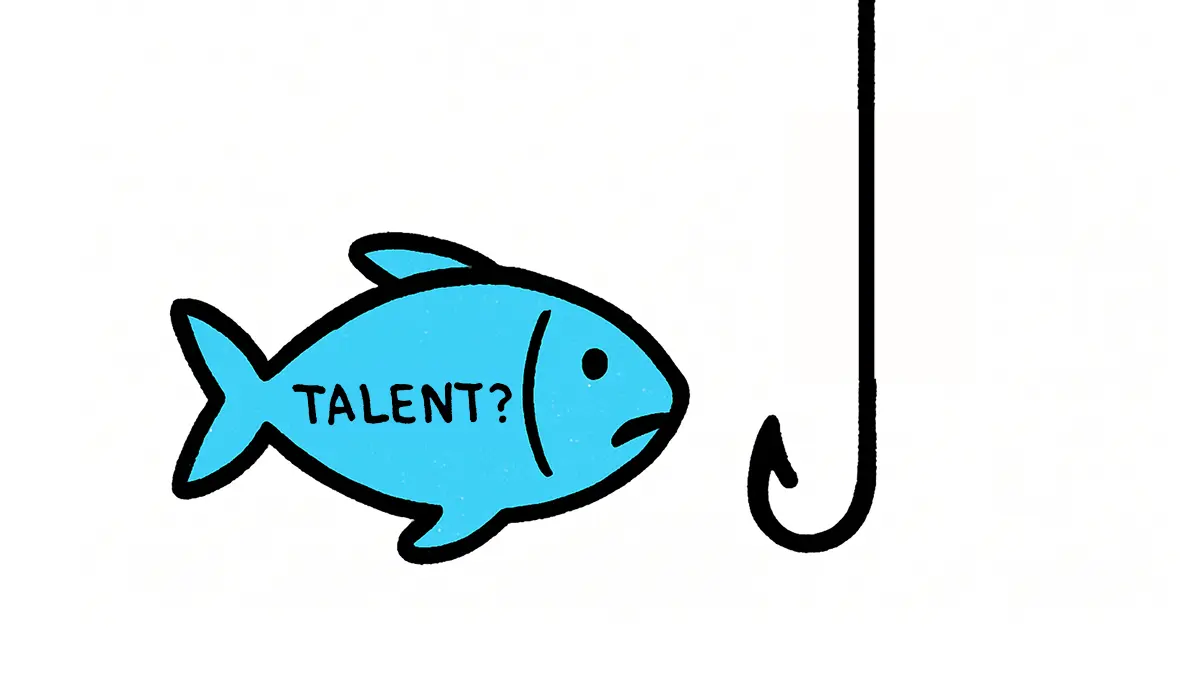
Phil Kirschner: If you want fish in your tank, it has better be a good one.
- Phil Kirschner revives his 2017 “Aquarium Prophecy,” reminding us that top talent (the “cool fish”) now expect autonomy, choice, and compelling reasons to gather, not mandates.
- Companies often obsess over physical spaces (the tank) instead of designing experiences that attract and retain high-value talent.
- In a world of distributed work and mobile talent, employers win by creating magnetic, meaningful environments, ones people choose to swim in.
📝 Prompt: List three things in your current workplace that make top talent want to swim away. Now redesign just one of them to make your environment magnetic, not mandated.
👉 Read how a fish tank explains your office problems.
DISTRIBUTED TEAMWORK
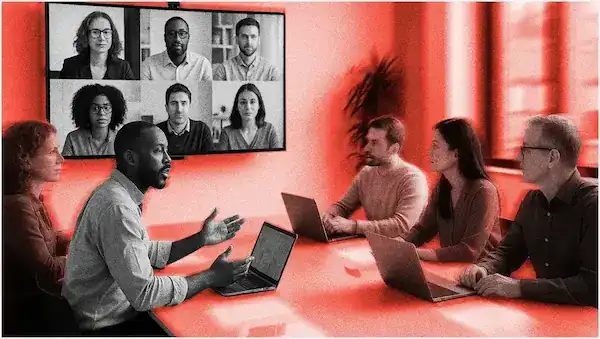
Sophie Wade: How to Lead Distributed Teams
- Distributed is the default: Knowledge work has gone hybrid by design, but most managers aren’t trained to handle the complexity: only 26% are rated effective at enabling team performance.
- Upskilled leaders = real results: Companies that invest in hybrid leadership training see a 30% boost in engagement, 25% drop in turnover, and higher customer retention and profitability.
- Connection is the culture: High-performing leaders build belonging and clarity through explicit values, active listening, and intentional communication norms—because proximity ≠ productivity.
📝 Prompt: Map out three distributed teamwork habits your team needs to codify this quarter (e.g. async updates, feedback loops, connection rituals). Assign one owner to prototype each.
👉 Read how Sophie Wade defines the skills to lead from anywhere.
RECRUITING CREATIVITY
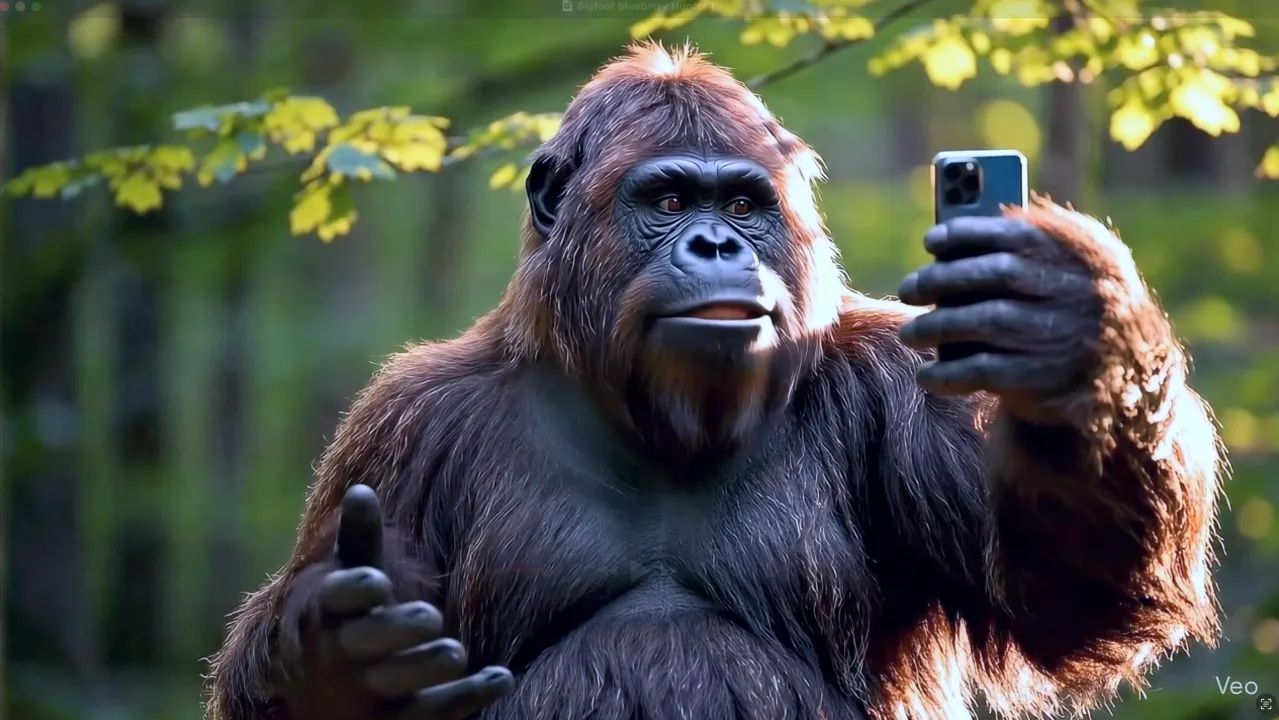
Lars Schmidt: Your Next Recruiter Is a Creator
- Recruiters now create content, not just listings: With AI tools like Google Veo 3, recruiters can generate cinematic-quality videos in under an hour, transforming job posts into attention-grabbing micro-campaigns.
- Attention is today’s hiring currency: In a distracted world, snackable, smart, and personalized content beats static job descriptions—75% of candidates research employer brand before applying.
- Storytelling is the new superpower: Recruiters need skills in scripting, iterating, and publishing; AI lowers the barrier, letting even small teams launch high-impact campaigns that feel personal and human.
📝 Prompt: Challenge your recruiting team to turn one open role into a 30-second AI-generated video campaign this week. Focus less on the job post and more on the story.
👉 Read how AI lets recruiters punch above their weight, with personality.
🔥 QUICK HITS
(AI & EMPLOYEE EXPERIENCE) Anthony Onesto: Make EX More Human—with AI
- From generic to personal: AI personalizes onboarding and development by tailoring journeys to roles, skills, and aspirations—turning data dumps into meaningful, role-specific experiences.
- Automation that empowers: By removing low-value admin tasks (e.g. compliance reporting, scheduling, document prep), AI frees up employees to focus on high-impact, creative work.
- AI as your culture stethoscope: Using NLP and sentiment analysis, leaders gain real-time insights into engagement and morale, revealing hidden signals before they become culture risks.
📝 Prompt: Audit your employee experience journey—where is it still one-size-fits-all? Pick one step (onboarding, feedback, or growth) to redesign using AI tools for personalization, prediction, or automation.
👉 Read how AI makes employee experience more human, not less.
(AI ROI) Antony Slumbers: AI Fails Without System Change
- AI ≠ ROI (yet): 78% of companies use gen AI, but most see no bottom-line gain. The root issue? Adapting AI to old systems instead of changing systems to unlock AI’s power.
- Redesign is the unlock: Just like electric factories didn’t improve until they restructured, today’s gains only come when work is rebuilt around AI’s unique capabilities, not efficiency layering.
- 4 principles = smart transformation: Antony outlines a framework:
- Reimagine roles, not just tasks
- Prove value in short sprints
- Empower people, govern platforms
- Capture and scale learning
📝 Prompt: Identify one business process you're "AI-ing" instead of redesigning. Ask: What would this look like if AI were native, not added? Run a 2-week experiment to test it.
👉 Read how Antony Slumbers reframes AI as a system redesign challenge—not just a tech upgrade.
(TEAM CULTURE FAILURE) Gustavo Razzetti: Why Smart Leaders Break Teams
- Brilliant leadership can backfire: Like David Moyes at Manchester United, leaders often dismantle winning cultures by ignoring the soft stuff: trust, purpose, and shared identity.
- Five culture killers: Lack of team purpose, solo-focused rewards, suppressed tension, fear of asking for help, and fuzzy accountability all erode performance from within.
- Culture ≠ harmony: Great teams aren’t the happiest—they’re the bravest: they challenge each other, celebrate shared wins, and define clear roles backed by trust and psychological safety.
📝 Prompt: Audit your team culture this week: What behavior is getting rewarded? Who’s afraid to ask for help? What tension have you been avoiding? Then choose one system to fix.
👉 Read how great teams crumble and how to stop it.
Kristin Roepke: Master the Art of Org Design
- Kristin Roepke designed an Organization Design Masterclass after years of practical experience working with business leaders and organizations to solve org design challenges.
- She guides leaders to move from chaos to clarity, with a practical process, toolkit, and behind-the-scenes coaching support.
👉 Enroll now with code LAUNCHOFFER500 for $500 off.
I track what’s worth your attention—bringing you the news and updates that matter most to how we work, lead, and grow.
This week:
AI COLLABORATION

Scale AI Like a Team Sport
- Top-down AI doesn’t scale: 2 out of 3 companies fail at AI adoption because they rely on “football plays” (generic top-down tools) or “track & field plays” (solo workflows), both of which stall engagement.
- Bottom-up wins big: “Basketball plays”, co-created, iterated, and cross-functional workflows, have a 651% Return on Workflow Investment (ROWI), making them exponentially more adoptable and impactful.
- Tech spreads through teams: AI thrives when employees build workflows with each other, not for each other, turning individual insight into shared systems that reflect real work.
📝 Prompt: Identify one high-friction workflow in your team. Bring 3–5 cross-functional teammates together to co-design a first AI-powered version. Don’t aim for perfection, just pass the ball and iterate.
SUSTAINABLE PERFORMANCE
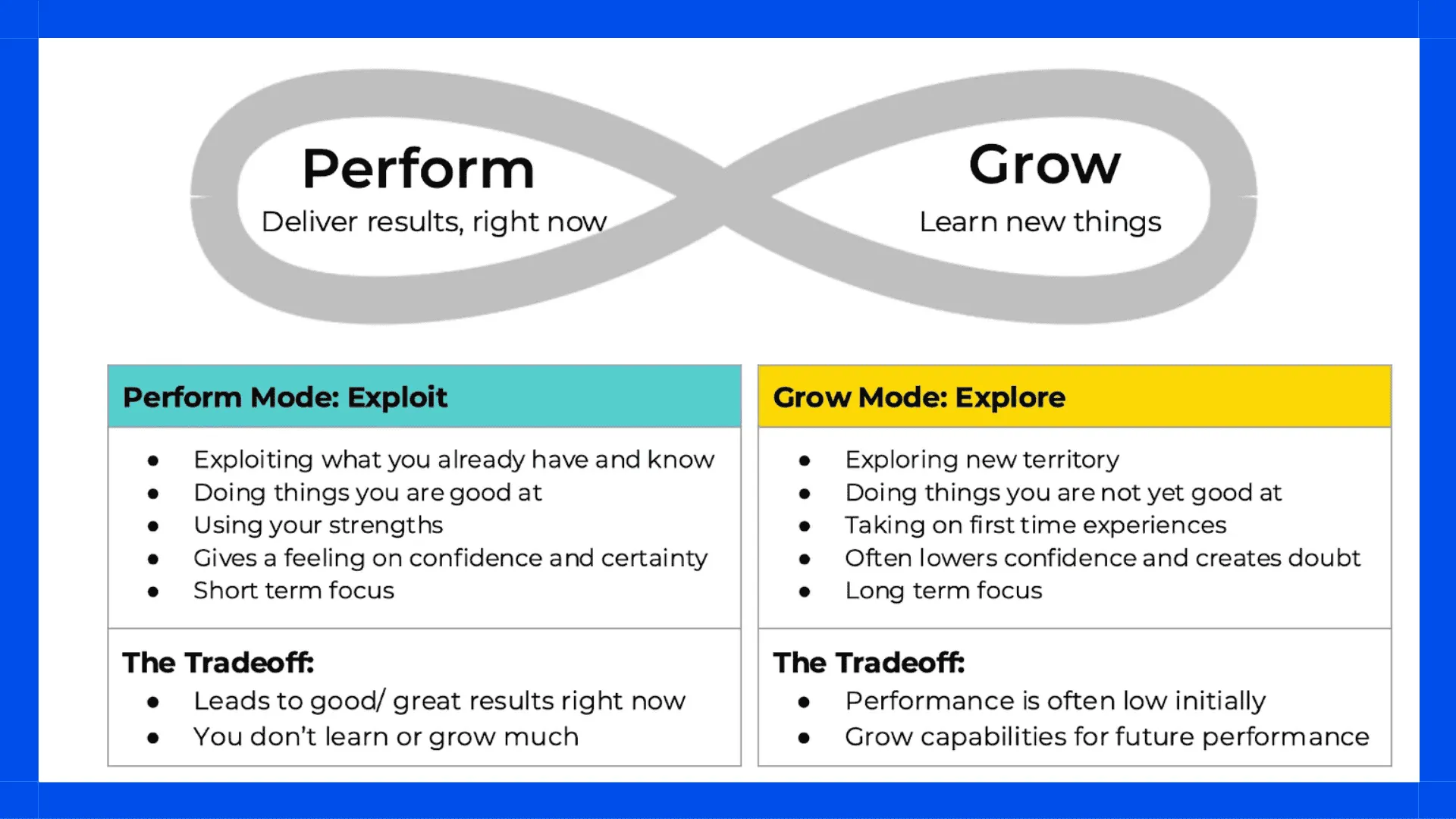
Work Hard ≠ Burn Out
- High performers crash by over-performing: Leaders stuck in “perform mode” (avg. 61%) burn out faster, while sustainable performers pulse between execution and growth. Rest alone doesn’t solve the problem—reinvention does.
- Burnout has early signs: Common red flags include irritability, poor sleep, weekend work, and “rage cleaning.” Smart leaders identify personal if-then responses to rebalance before the crash.
- The antidote is design, not downtime: Eight habits like deep work blocks, transition rituals, a phone strategy, and finding your “opposite world”, help leaders build energy instead of burning it.
📝 Prompt: Track your performance vs. grow ratio this week. Then choose one design experiment (e.g. schedule deep work daily, block off a real vacation, create a work shutdown ritual) to shift the balance.
HR LEADERSHIP & DIGNITY
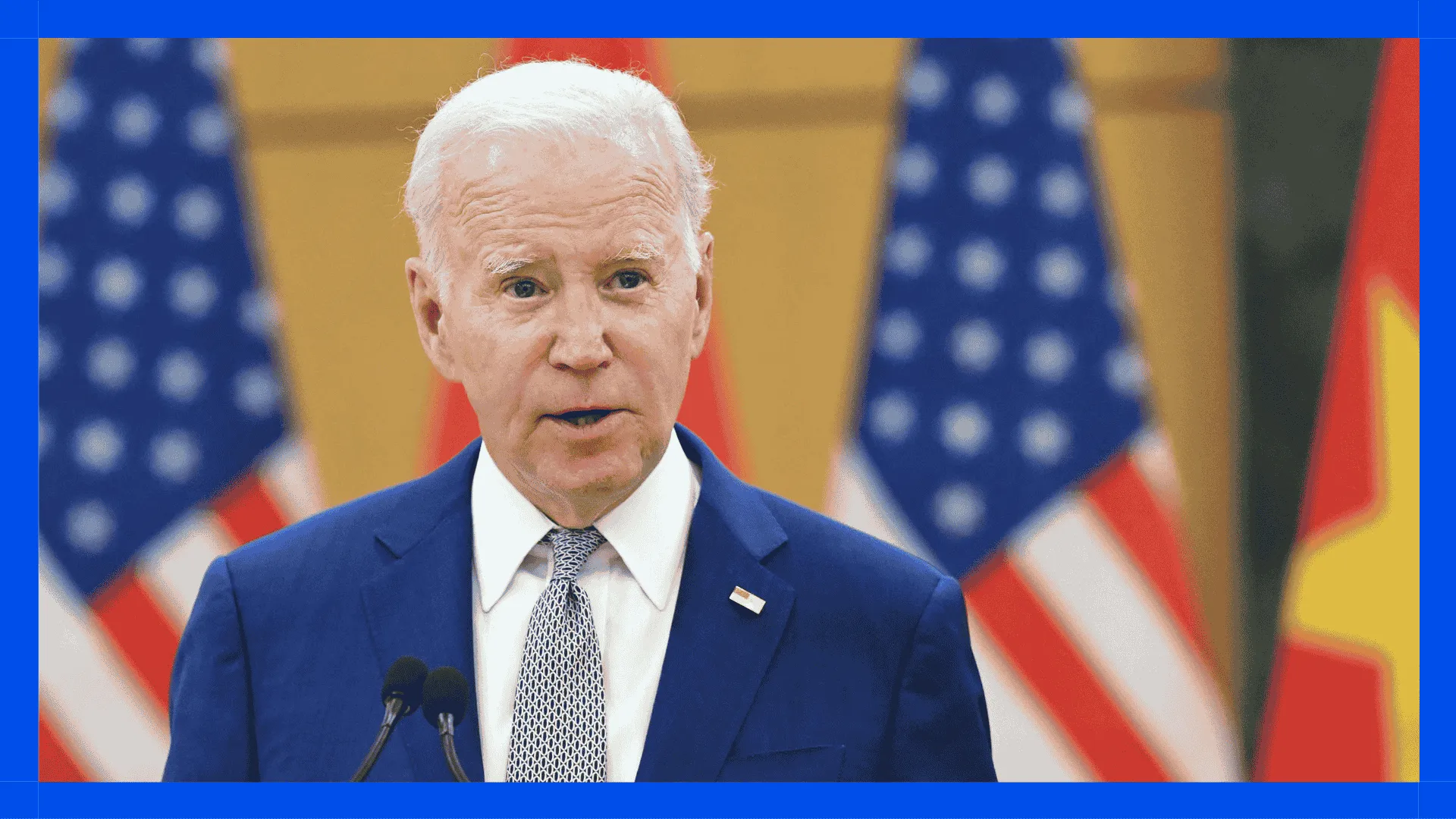
Biden: HR, You Matter More Than You Know
- HR is the emotional center of work: From births to layoffs, HR is where people turn in moments of vulnerability, and Biden praised HR professionals for giving employees security, dignity, and respect.
- Family-first leadership matters: Drawing on personal stories and his own VP memo (“Don’t miss family time for work”), Biden reinforced servant leadership rooted in empathy and integrity.
- Modeling people-first culture at the top: Biden called the president “a kind of Chief People Officer” and reminded HR leaders that their role is essential to building strong workplaces and a stronger nation.
📝 Prompt: At your next leadership meeting, ask: “What message are we sending about dignity and empathy through our policies and behavior?” Then choose one tangible way to model it visibly.
BEHAVIORAL CHANGE
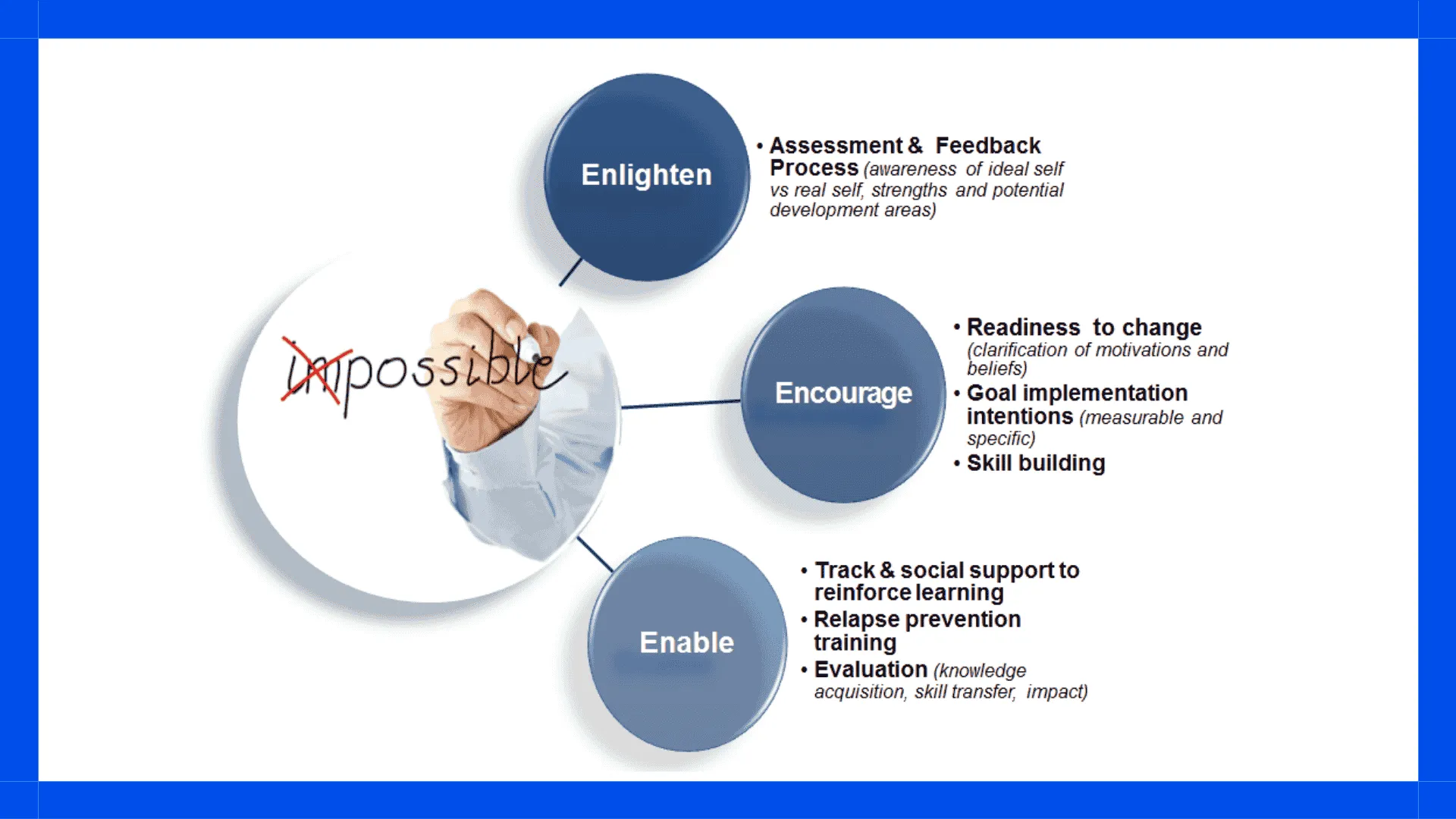
Design Behavior That Actually Moves People
- Nudges are limited without depth: While popular in policy and workplace design, nudges show only moderate effectiveness (avg. 21% effect size) and work best when personalized and contextualized.
- Budge = beliefs + barriers + context: The BBC model goes beyond nudges by diagnosing the psychological, structural, and situational forces that shape behavior, making change more likely to last.
- Behavior change needs 3 Es: Enlighten (build awareness), Encourage (ignite motivation), and Enable (support follow-through)—these three principles help convert intention into sustained action.
📝 Prompt: Pick one behavior you’re trying to shift on your team. Apply the BBC model: What beliefs are blocking change? What barriers exist? What’s unique about your context? Design a mini “budge” from that analysis.
HUMAN VALUE
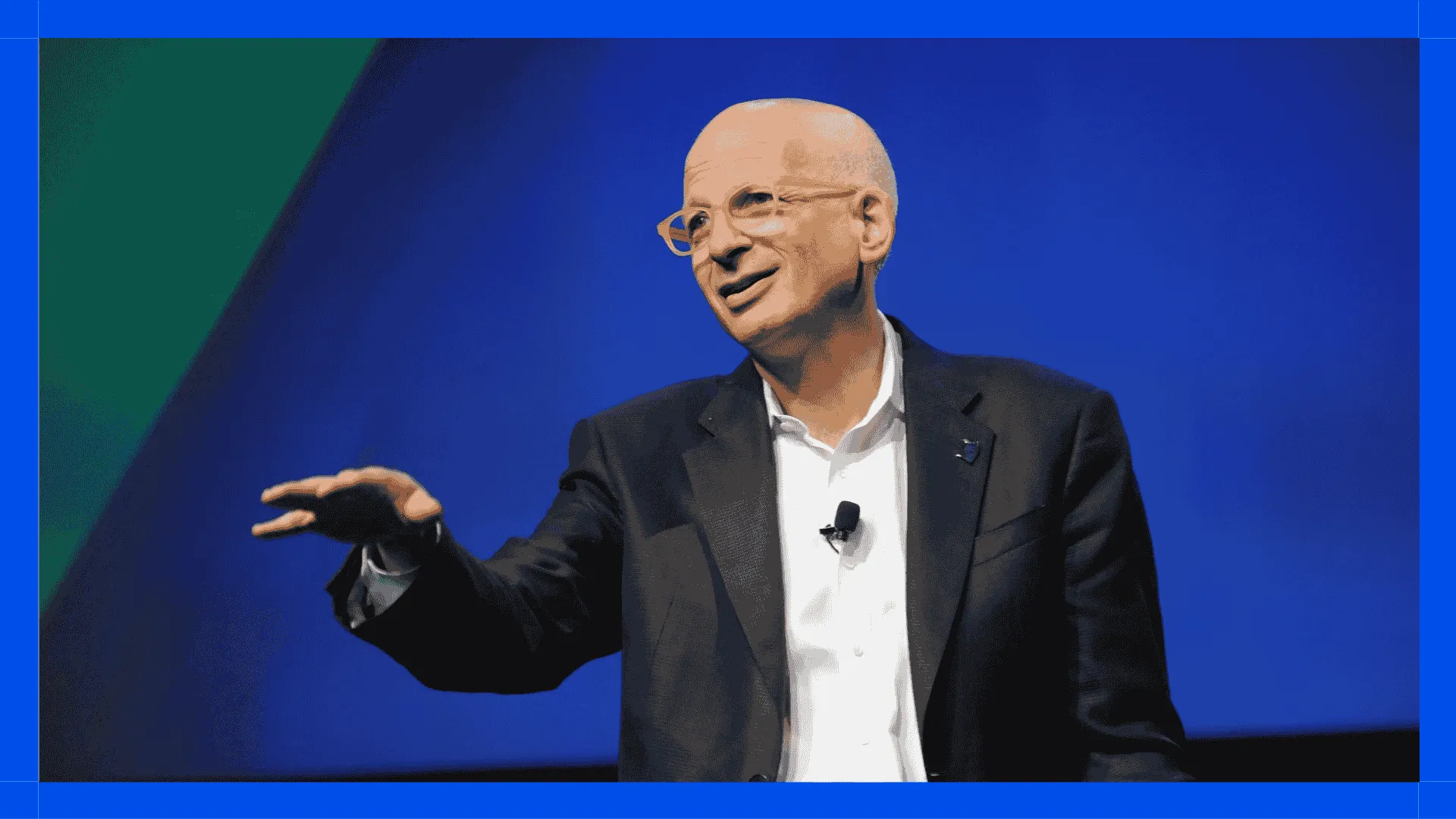
Seth Godin: Productivity Always Wins
- Resistance is tradition—but futile: From Plato to printers to pop music, every wave of tech meets outrage. Yet productivity always prevails.
- Productivity = value creation: Machines pave roads, not humans. AI does the same: freeing us to add human value where it matters most.
- Humanity is now the differentiator: In a world of AI efficiency, what’s scarce is not speed—but originality, empathy, and purpose.
📝 Prompt: “What can AI take off our plate—and where should we double down on human value?”
In pairs or small groups, discuss for 5–7 minutes:
- Let AI handle ___
- So we can focus on ___
Share one example per group.
🔥 QUICK READ: 🇺🇸🇻🇳 U.S.–Vietnam Trade Deal at a Glance
- 20% U.S. tariff on Vietnamese imports, down from 46%; no tariffs on U.S. exports to Vietnam.
- Vietnam agrees to a 40% duty on rerouted goods (e.g. from China) to stop tariff dodging.
- More deals coming: India may be next, but agriculture could be a sticking point.
- EM Asia on alert: Thailand, Malaysia may face similar terms.
- EU left behind: Talks with the U.S. remain rocky—only a basic deal is likely.
Your Friday Briefing on the Future of Work
Future Work delivers research-backed insights, expert takes, and practical prompts—helping you and your team capture what matters, build critical skills, and grow into a future-ready force.
Get all-in-one coverage of AI, leadership, middle management, upskilling, DEI, geopolitics, and more.
Unsubscribe anytime. No spam guaranteed.

